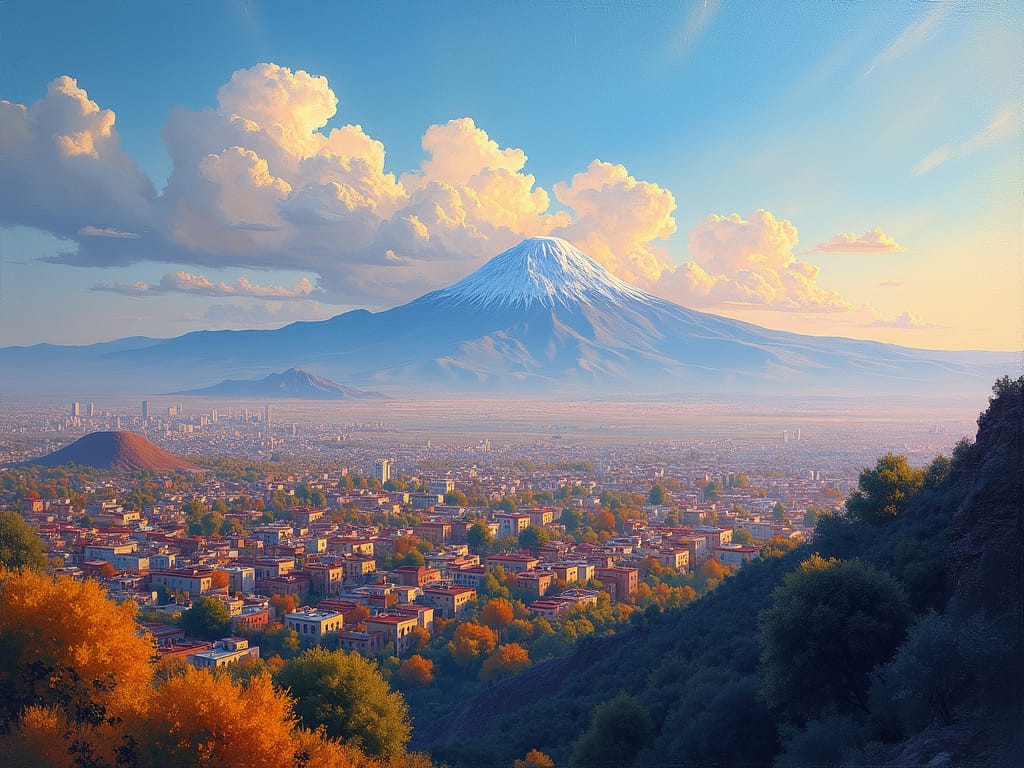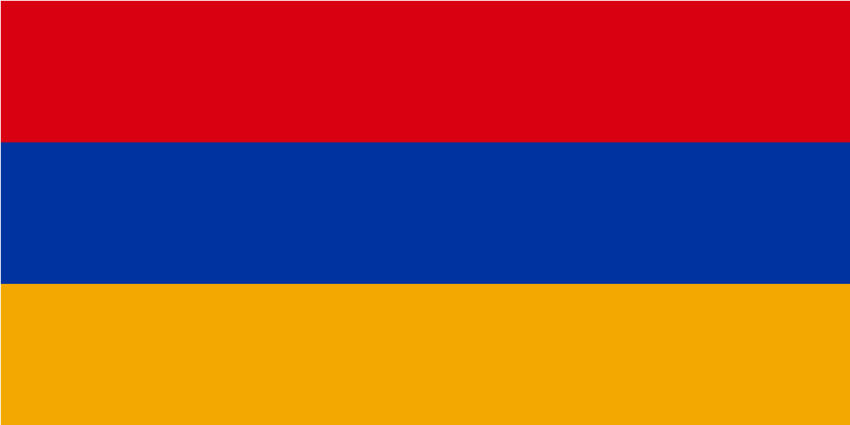Capital: Yerevan
Population: 2.96 million (2023 est.)
Area: 29,743 km²
Official Language: Armenian
Currency: Armenian Dram (AMD)
Time Zone: Armenia Time (AMT) UTC+4
Calling Code: +374

Overview
Armenia is a landlocked country located in the South Caucasus region of Eurasia. It is bordered by Turkey to the west, Georgia to the north, Azerbaijan to the east, and Iran to the south. Armenia is known for its rich history, being one of the earliest Christian civilizations, and its rugged mountainous terrain. The country’s culture is a unique blend of ancient traditions and modern influences, with Yerevan, the capital, being a vibrant city that reflects both.
Top Attractions
- Yerevan: The capital city, known for its grand Soviet-era architecture, museums, and cafes.
- Lake Sevan: A large, high-altitude lake offering stunning views and a popular spot for swimming and boating.
- Geghard Monastery: A UNESCO World Heritage site, partially carved out of a mountain, showcasing medieval Armenian architecture.
- Garni Temple: The only standing Greco-Roman colonnaded building in Armenia, located in the village of Garni.
Flag
Travel Tips
- Best Time to Visit: Late spring (May) and early autumn (September) are ideal for traveling to Armenia, offering pleasant weather.
- Cuisine: Try local dishes like Khorovats (Armenian BBQ), Dolma, and Lavash (traditional bread).
- Transportation: Taxis and minibusses (marshrutkas) are common forms of transportation. The metro in Yerevan is also efficient.
Quick Facts
- Mount Ararat, although now in Turkey, is a national symbol of Armenia and is visible from much of the country.
- Armenia was the first nation to adopt Christianity as its state religion in 301 AD.
- The Armenian alphabet was created in 405 AD by Mesrop Mashtots, and it remains in use today.
Gallery

Image 1: A panoramic view of Yerevan with Mount Ararat in the background.

Image 2: The ancient Geghard Monastery nestled in the mountains.

